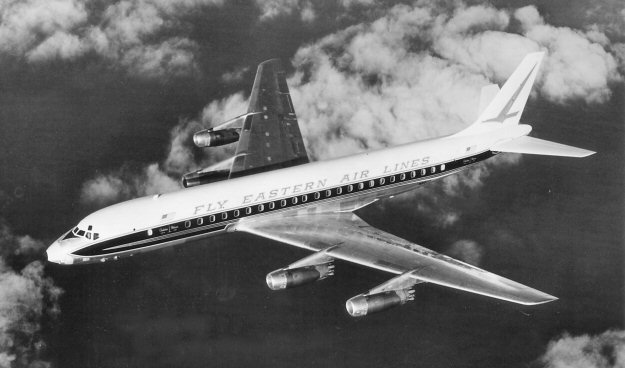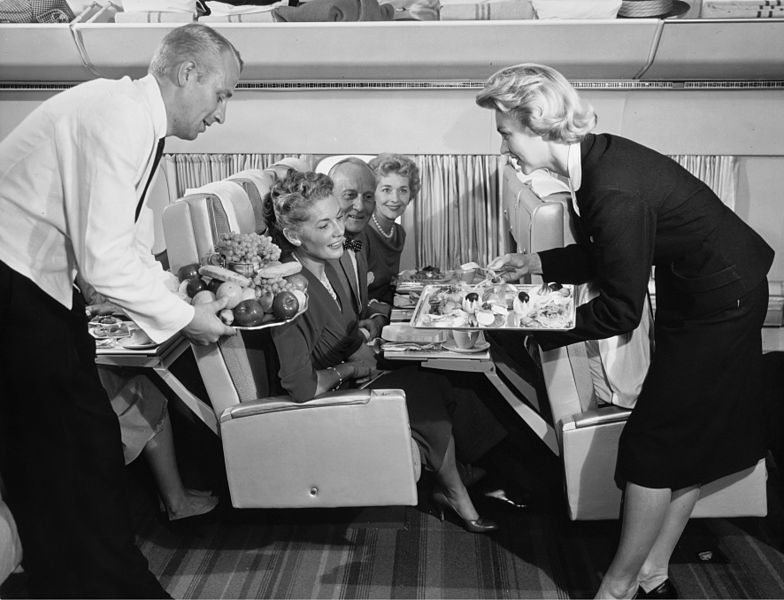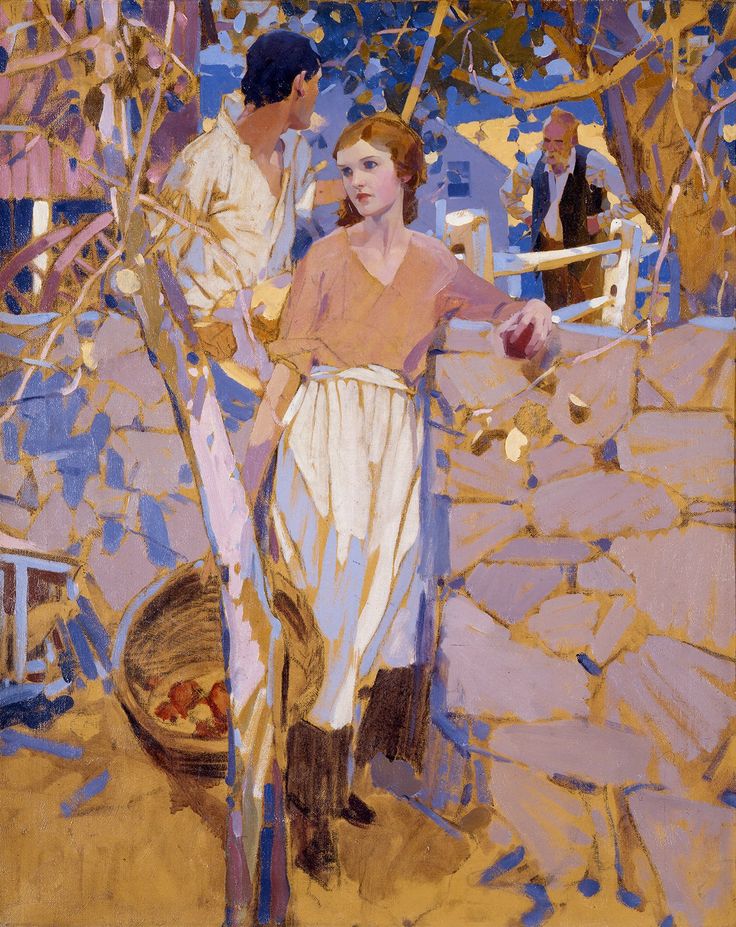The Musée d'Orsay held an interesting (to me) exhibit titled Dolce vita ? Du Liberty au design italien (1900-1940)"Dolce Vita? From the Liberty to Italian Design (1900-1940)" (running 14 April - 13 September 2015). I visited it in July when I was in Paris for a few days.
There were four paintings on display by Felice Casorati (1883-1963) that caught my eye:
Le signorine - 1912
Una donna - 1918-19
Casorati seems to have briefly experimented with with soft-care Modernism.
Ritratto di Renato Gualino - 1923-24
Silvana Cenni - 1922
This has been cited as his most famous work.
The final two portraits are cool (as in "dispassionate," not the slang term referring to "good") in several ways. The poses are formal, the subjects seated and facing the painter and viewers. The subjects' poses are essentially symmetrical, though the settings are not. The subjects' faces show no emotion. Critics pointed out this sort of thing at the time, but Casorati shrugged the criticism off, commenting that, in effect, he was doing what he thought he should be doing.
Here are a few more portraits made during that phase of his career:
Ritratto di Riccardo Gualino - 1922
Ritratto di Cesarina Gualino
Ritratto di Elisabeth Albrecht - ca. 1925
Raja - 1925
Casorati's style changed over his career, as can be seen in the first set of images. Perhaps I'll present more of his work later.
There were four paintings on display by Felice Casorati (1883-1963) that caught my eye:
Le signorine - 1912
Una donna - 1918-19
Casorati seems to have briefly experimented with with soft-care Modernism.
Ritratto di Renato Gualino - 1923-24
Silvana Cenni - 1922
This has been cited as his most famous work.
The final two portraits are cool (as in "dispassionate," not the slang term referring to "good") in several ways. The poses are formal, the subjects seated and facing the painter and viewers. The subjects' poses are essentially symmetrical, though the settings are not. The subjects' faces show no emotion. Critics pointed out this sort of thing at the time, but Casorati shrugged the criticism off, commenting that, in effect, he was doing what he thought he should be doing.
Here are a few more portraits made during that phase of his career:
Ritratto di Riccardo Gualino - 1922
Ritratto di Cesarina Gualino
Ritratto di Elisabeth Albrecht - ca. 1925
Raja - 1925
Casorati's style changed over his career, as can be seen in the first set of images. Perhaps I'll present more of his work later.



















































































































































